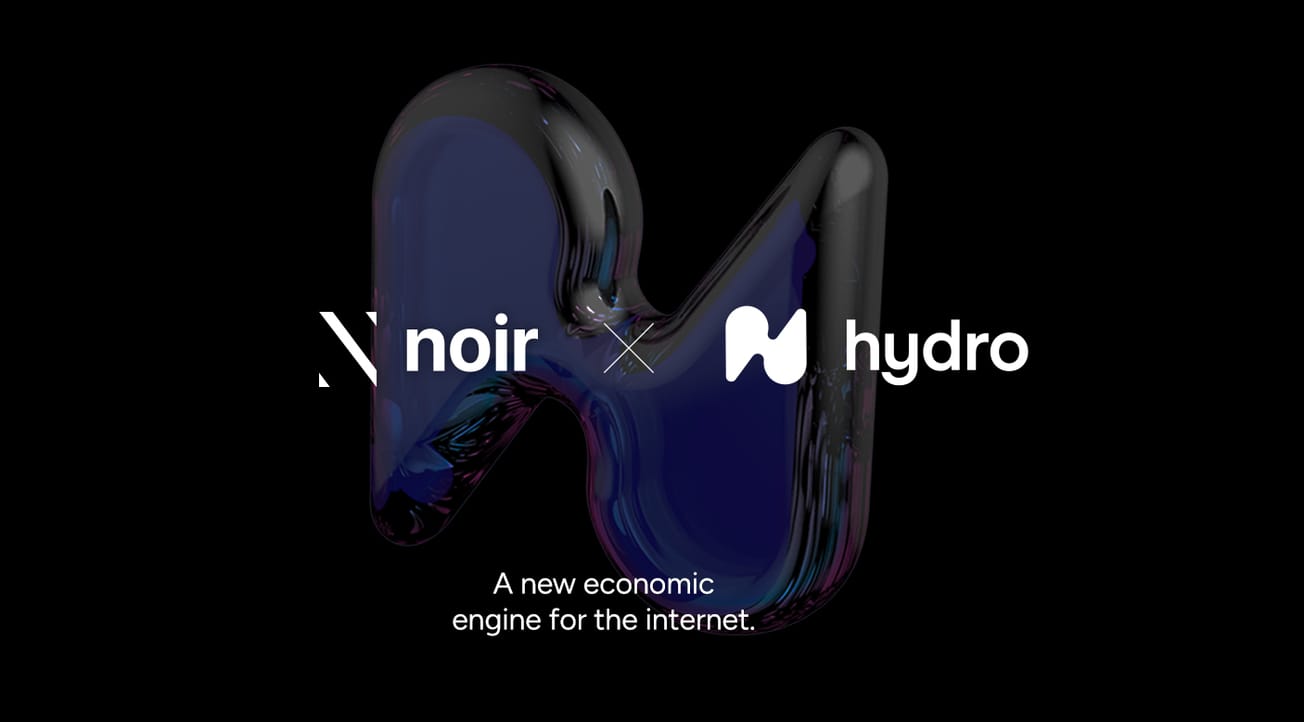When it comes to the metaverse, VR is currently the hot topic of discussion, with AR left behind in the dirt. While VR will no doubt become more ingrained in our daily lives and work, experts expect more users to prefer AR, which will offer digital overlays across the real world, keeping us connected—without getting lost in a virtual world.
Augmenting, Not Substituting
While VR sometimes offers a substitute to the real world—or an escape from it—AR is designed to improve existing experiences by relaying digital information into our eyes, directly overlaid across the environment. According to recent research from the Pew Research Center, VR won’t be as big as it’s hyped up to be, with Mixed Reality having a much bigger impact on our lives than tech that thrusts us into immersive hi-fi simulations.
The survey questioned 624 experts, including innovators and engineers, to developers, policy leaders, hacktivists and scientific researchers. These were invited to give open-ended responses to a series of questions about the metaverse. So what were the results?
According to 54% of these, the metaverse will be a fully functioning part of more than 500 million lives by 2040. A “notable share” of these same experts believe that AR and Extended Reality (XR) will be the dominant technology, overshadowing its more immersive cousin VR significantly.
The Improved Over the Virtual
If you think about it, it makes sense why AR might be more widely chosen: People would prefer to live in the real world: Content with the people, places and things they’re familiar with—but made better. Moreover, for AR, all you really need is a phone and an app—and if you’re one of the 6.65 billion people in the world that has one, you’re good to go.
In its current stage, VR needs so much space it often requires users to rearrange their room, sometimes place cameras, and don a hefty headset that you wouldn’t be surprised to see in Robocop. So it’s no surprise that VR has had lacking user retention rates, but maybe this could change with significant improvements.
On the other hand, there’s no need for a clunky headset or obstructive goggles with AR. While it might eventually transition into lenses or lightweight goggles, it’s already easy enough to download an AR app on your phone like PokémonGO, get out into the world and explore somewhere familiar, made anew with AR through your phone screen.
These AR apps build on real-life experiences and make familiar information more readily available by creating a new, mixed-medium experience. Unsurprisingly, there have many metaverse skeptics already, with people believing that reality will always trump the virtual. If this is true, perhaps the improved reality through AR will always be the dominant technology, with VR reserved for niche tech-lovers, gamers, and businesses to improve their workflows.










